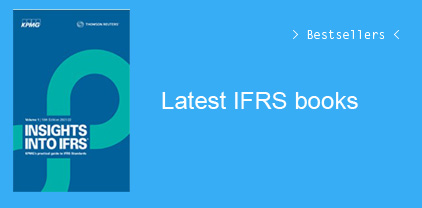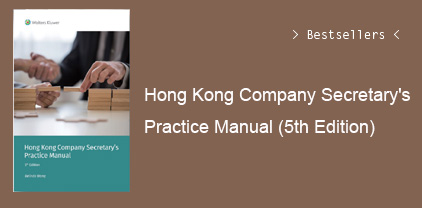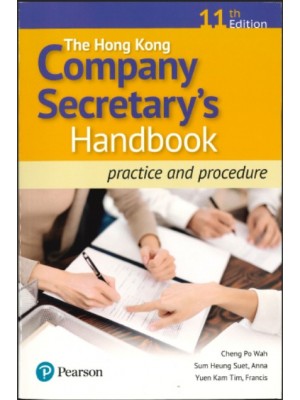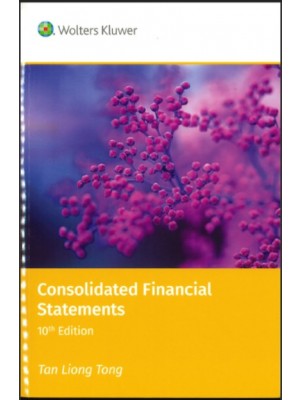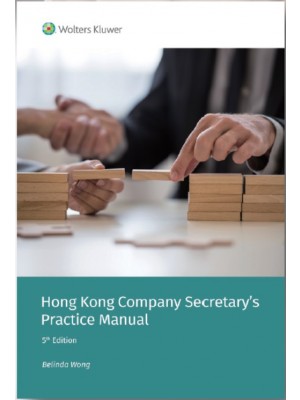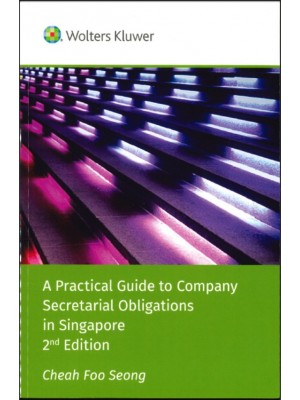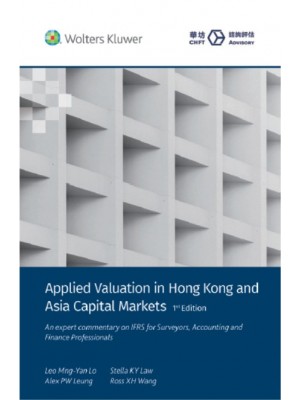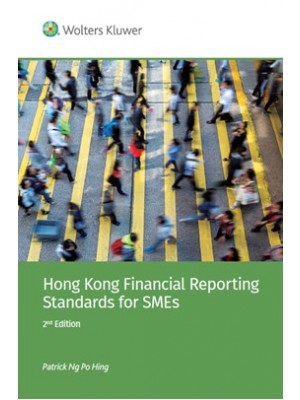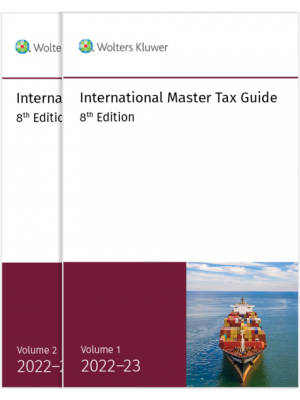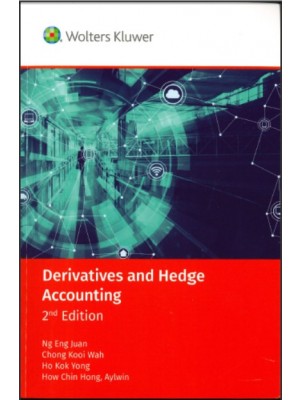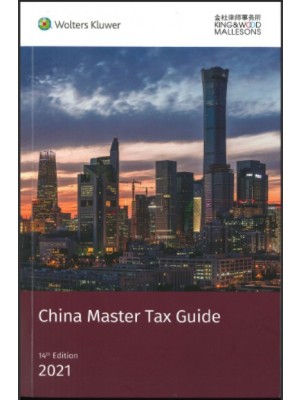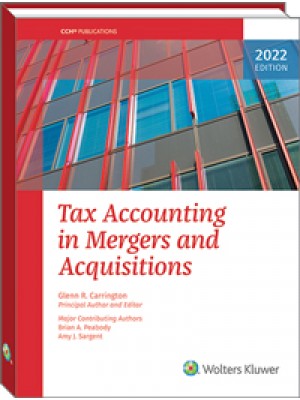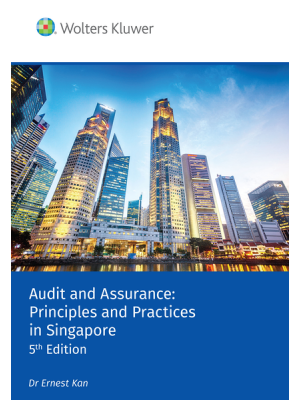Preface xi
Acknowledgments xiii
About the Author xv
CHAPTER 1 Introduction 1
1.1 What We Should Know to Value a Company 1
1.2 Valuation Methods: An Overview 2
1.3 The Time Value of Money 4
1.4 Uncertainty in Company Valuations 5
1.5 Uncertainty and Managerial Flexibility 9
1.6 Relationship between Value and Uncertainty 15
CHAPTER 2 Business Forecasting for Valuation 18
2.1 Introduction 18
2.2 Key Phases of the Business Plan Elaboration 18
2.3 What Drives the Preparation of a Business Plan? 27
2.4 The Main Methodological Issues 49
CHAPTER 3 Scenario Analysis 54
3.1 Introduction 54
3.2 What Is Scenario Analysis? 56
3.3 Difference between Scenario and Sensitivity Analysis 56
3.4 When to Perform Scenario Analysis 57
3.5 Worst and Best Cases and What Happens Next 58
3.6 Multi-Scenario Analysis 59
3.7 Pros and Cons 61
3.8 How to Perform Scenario Analysis in Excel 62
3.9 Conclusions 71
CHAPTER 4 Monte Carlo Valuation 72
4.1 Introducing Monte Carlo Techniques 72
4.2 Monte Carlo and Corporate Valuation 74
4.3 A Step-by-Step Procedure 76
4.4 Case Study: Outdoor Inc. Valuation 80
4.5 A Step-by-Step Guide Using Excel and Crystal Ball 100
CHAPTER 5 Determining Cash Flows for Company Valuation 125
5.1 Introduction 125
5.2 Reorganization of the Balance Sheet 126
5.3 Relationship between a Company’s Balance Sheet and Income Statement 134
5.4 From the Economic to the Financial Standpoint 137
5.5 Cash Flow Definitions and Valuation Models 141
5.6 Business Plan and Cash Flow Projections 142
CHAPTER 6 Choosing the Valuation Standpoint 151
6.1 Debt and Value 151
6.2 First Problem: The Relationship between Leverage and Value 152
6.3 Second Problem: Alternative Valuation Techniques When Debt Benefits from a Fiscal Advantage 162
6.4 Third Problem: The Choice between an Asset-Side versus an Equity-Side Perspective 165
6.5 From the Asset Value to the Equity Value 167
CHAPTER 7 Leverage and Value in Growth Scenarios 168
7.1 Growth, Leverage, and Value 168
7.2 Nominal and Real Discounting 169
7.3 Problems with the Discount of Tax Benefit 172
7.4 Cost of Capital Formulas in Growth Scenarios 173
7.5 The WACC: Some Remarks 178
7.6 Real Dimension of Tax Benefits 180
Appendix 7.1: Derivation of the Formulas to Calculate the Cost of Capital 183
Appendix 7.2: Pattern of K∗ el in a Growth Context: Some Remarks 190
CHAPTER 8 Estimating the Cost of Capital 194
8.1 Defining the Opportunity Cost of Capital 194
8.2 A Few Comments on Risk 194
8.3 Practical Approaches to Estimate Keu 197
8.4 Approach Based on Historical Returns 197
8.5 Analysis of Stock Returns 198
8.6 Analysis of Accounting Returns 201
8.7 Estimating Expected Returns from Current Stock Prices 201
8.8 Models Based on Returns’ Sensitivity to Risk Factors 204
8.9 The Capital Asset Pricing Model 205
8.10 Calculating Rf 206
8.11 Calculating Rp 208
8.12 Estimating �� 212
8.13 Dealing with Specific Risks 218
8.14 Conclusions on the Estimation of the Opportunity Cost of Capital 221
8.15 Cost of Debt 222
8.16 Cost of Different Types of Debt 224
Appendix 8.1: CAPM with Personal Taxes 227
CHAPTER 9 Cash Flow Profiles and Valuation Procedures 229
9.1 From Business Models to Cash Flow Models 229
9.2 Cash Flow Profiles of Business Units versus Whole Entity 230
9.3 Examples of Cash Flow Profiles 231
9.4 Problems with the Identification of Cash Flow Models 236
9.5 Cash Flow Models in the Case of Restructuring 237
9.6 Debt Profile Analysis 237
9.7 Debt Profile beyond the Plan Horizon Forecast 239
9.8 The Valuation of Tax Advantages: Alternatives 239
9.9 Guidelines for Choosing Debt Patterns for Determining Valuations 245
9.10 Synthetic and Analytical Procedures Valuation 246
9.11 The Standard Procedure 247
CHAPTER 10 A Steady State Cash Flow Model 249
10.1 Value as a Function of Discounted Future Results 249
10.2 Capitalization of a Normalized Monetary Flow 250
10.3 The Perpetual Growth Formula 264
10.4 Formulas for Limited and Variable (Multi-Stage) Growth 275
10.5 Conclusions 279
CHAPTER 11 Discounting Cash Flows and Terminal Value 280
11.1 Explicit Projections 280
11.2 Estimation of the Terminal Value 281
11.3 Evaluation of Gas Supply Co. 283
CHAPTER 12 Multiples: An Overview 295
12.1 Preliminary Remarks 295
12.2 Theory of Multiples: Basic Elements 299
12.3 Price/Earnings Ratio (P/E) 303
12.4 The EV/EBIT and EV/EBITDA Multiples 307
12.5 Other Multiples 311
12.6 Multiples and Leverage 312
12.7 Unlevered Multiples 316
12.8 Multiples and Growth 320
12.9 Relationship between Multiples and Growth 325
12.10 PEG Ratio 326
12.11 Value Maps 327
Appendix 12.1: P/E with Growth 330
CHAPTER 13 Multiples in Practice 332
13.1 A Framework for the Use of Stock Market Multiples 332
13.2 The Significance of Multiples 335
13.3 The Comparability of Multiples 339
13.4 Multiples Choice in Valuation Processes 340
13.5 Estimation of “Exit” Multiples 343
13.6 An Analysis of Deal Multiples 344
13.7 The Comparable Approach: The Case of Wine Co. 349
Appendix 13.1: Capital Increases and the P/E Ratio 358
CHAPTER 14 The Acquisition Value 361
14.1 Definitions of Value: An Overview 361
14.2 Value Created by an Acquisition 364
14.3 Value-Components Model 367
14.4 Further Considerations in Valuing Acquisitions 372
14.5 Acquisition Value of Plastic Materials Co. 375
14.6 Acquisition Value of Controlling Interests 377
14.7 Other Determinants of Control Premium 382
14.8 Acquisition Value in a Mandatory Tender Offer 384
14.9 Maximum and Minimum Exchange Ratios in Mergers 386
14.10 Exchange Ratio and Third-Party Protection 389
Appendix 14.1: Other Value Definitions 390
CHAPTER 15 Value and Prices in the Market for Corporate Control 393
15.1 Price Formation in the Market for Control 393
15.2 Benefits Arising from Acquisitions 396
15.3 From the Pricing Model to the Fair Market Value 399
15.4 Fair Market Value Estimated Adjusting Stand-Alone Cash Flows 401
15.5 Premiums and Discounts in Valuation 408
15.6 The Most Common Premiums and Discounts 410
15.7 Value Levels and Value Expressed by Stock Prices 415
15.8 Estimating Control Premiums 417
15.9 Estimating Acquisition Premiums 420
15.10 Acquisition and Control Premiums in a Perfect World 422
15.11 Estimating the Value of Controlling Stakes: An Example 426
15.12 Minority Discount 427
15.13 Discount for the Lack of Marketability 429
15.14 Definitions of Value and Estimation Procedures 431
CHAPTER 16 Valuation Considerations on Rights Issues 432
16.1 Introduction to Rights Issues 432
16.2 Setting the Subscription Price 433
16.3 Value of Preemptive Rights 437
16.4 Conclusions 446
CHAPTER 17 Carbon Risk and Corporate Value 448
17.1 Why Carbon Risk Matters 448
17.2 From Carbon Risks to Carbon Pricing 450
17.3 Incorporating Carbon Risks in Corporate Valuation 453
17.4 Carbon Beta 466
Index 471


